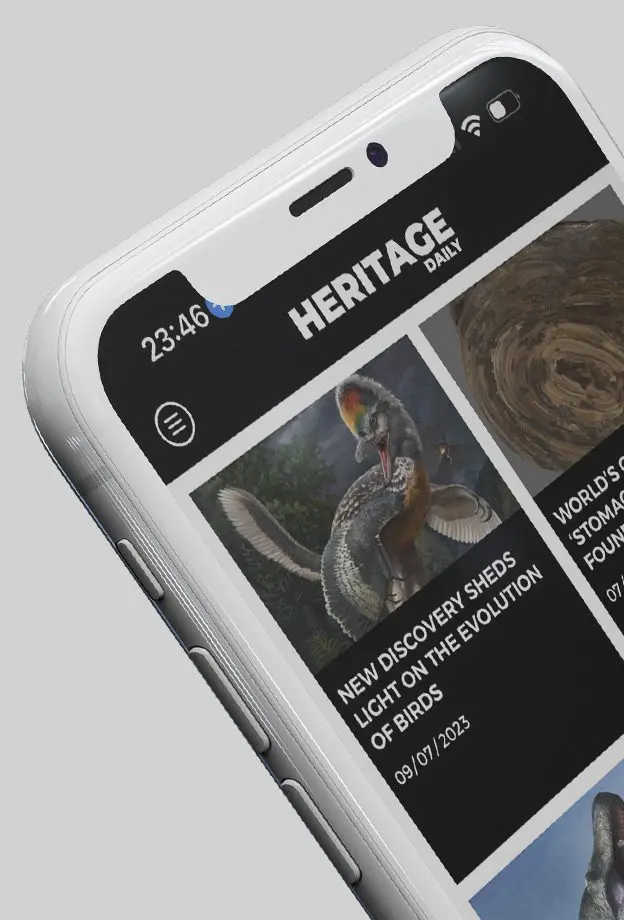Our Company
HeritageDaily LTD - Suite/Unit 40 17 Holywell Hill, St Albans, Herts, United Kingdom, AL1 1DT
Latest News
Intact Etruscan tomb discovered in the Necropolis of San Giuliano
An intact Etruscan tomb has been discovered at the site of the Necropolis of San Giuliano, which lies within the Marturanum Regional Park near Barbarano Romano, Italy.
Soldier’s wrist purse discovered at Roman legionary camp
Archaeologists have discovered a fragment of a soldier's wrist purse at the site of a temporary Roman camp in South Moravia, Czech Republic.
Lost equestrian sculpture found buried in Toul
Archaeologists from the National Institute for Preventive Archaeological Research (Inrap) have discovered an equestrian sculpture during excavations in Toul, France.
Roman-Era settlement unearthed in Alès
A recent excavation led by Inrap has uncovered a remarkably well-preserved Roman-era settlement on the slopes of the Hermitage hill overlooking Alès, southern France.
Excavations in Olympos reveal ancient mosaics and sacred inscriptions
Excavations in Olympos, Antalya province, have uncovered mosaic floors and inscriptions within a 5th-century church, part of a year-round project backed by Türkiye’s Ministry of Culture and Tourism.
Popular News
The mystery of Tutankhamun’s meteoric iron dagger
In 1922, Egyptian excavators led by Howard Carter discovered the tomb of Tutankhamun, an Egyptian pharaoh who was the last of his royal family to rule during the end of the 18th Dynasty.
Legio V Macedonica – The Last Roman Legion
Throughout the history of the Roman Empire, countless legions were raised and disbanded, but one legion endured the entirety, remaining in service to the Roman Empire and the Byzantine Empire, and marching on into the Middle Ages - The Legio V Macedonica.
Atlantis – The story behind the legend
Atlantis has become a taboo subject in many scholarly circles, often branded in pseudo-science and invented interpretations from Plato’s dialogues.
The Immortal Armour of China’s Jade Burial Suits
The Jade burial suits are hand-crafted jade suits from the Han Dynasty of China, used for the ceremonial burials of China’s elite and members of the ruling class.
The Pleasure Villa of Emperor Tiberius
The Villa of Tiberius is a Roman villa complex in the present-day town of Sperlonga, located on the western coast of Italy in the province of Latina.
© 2024 - HERITAGEDAILY LTD

